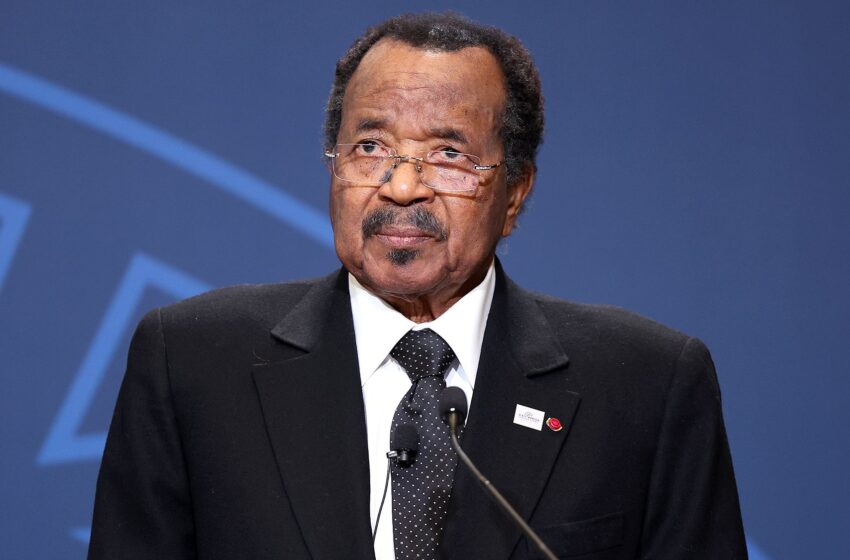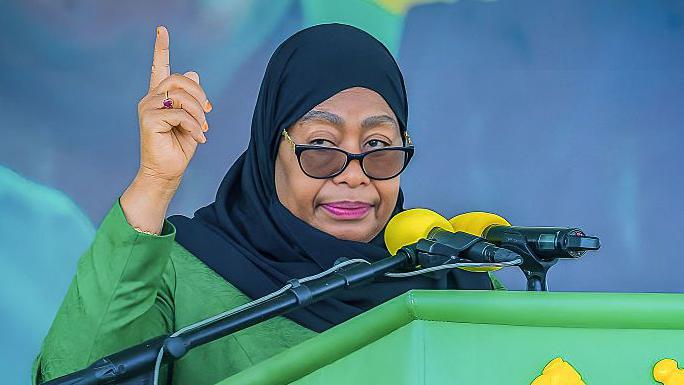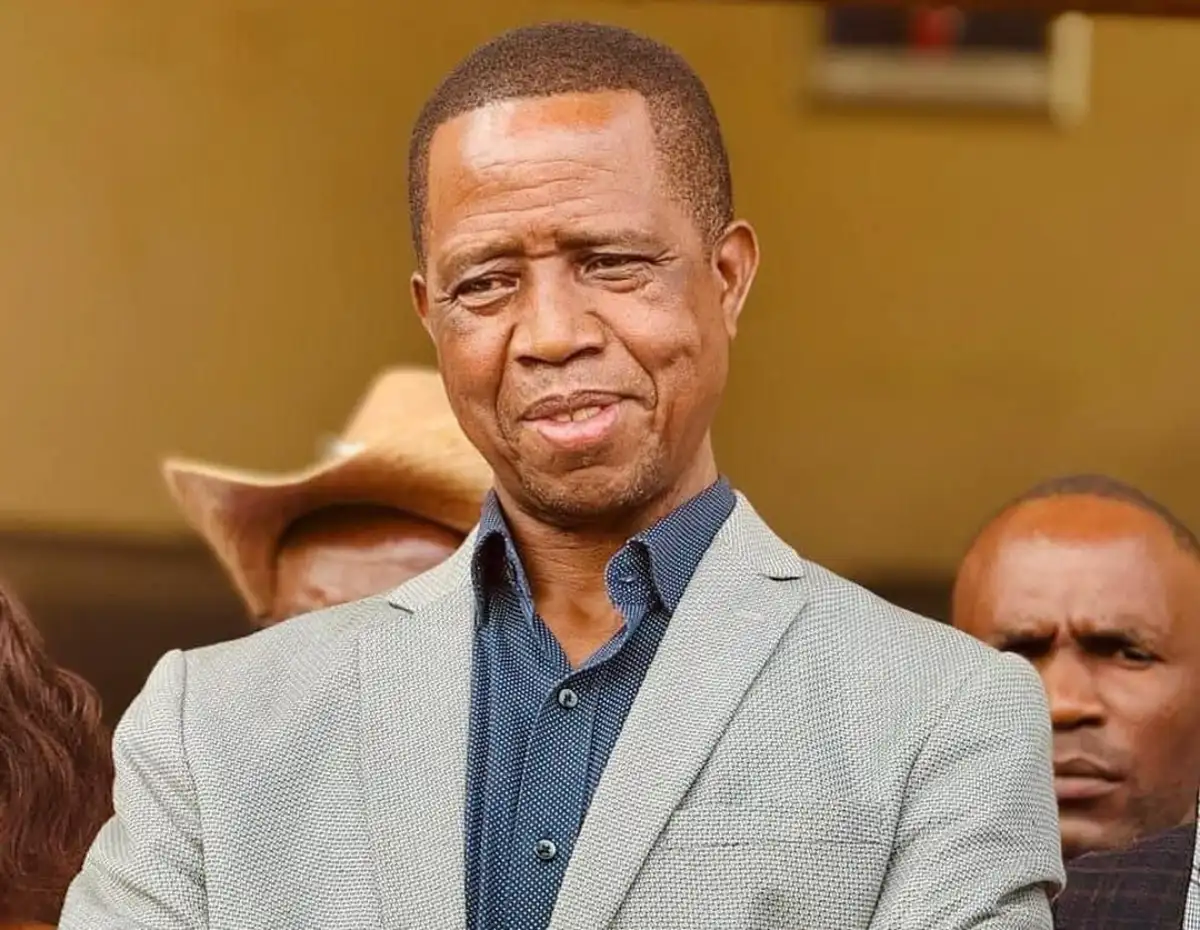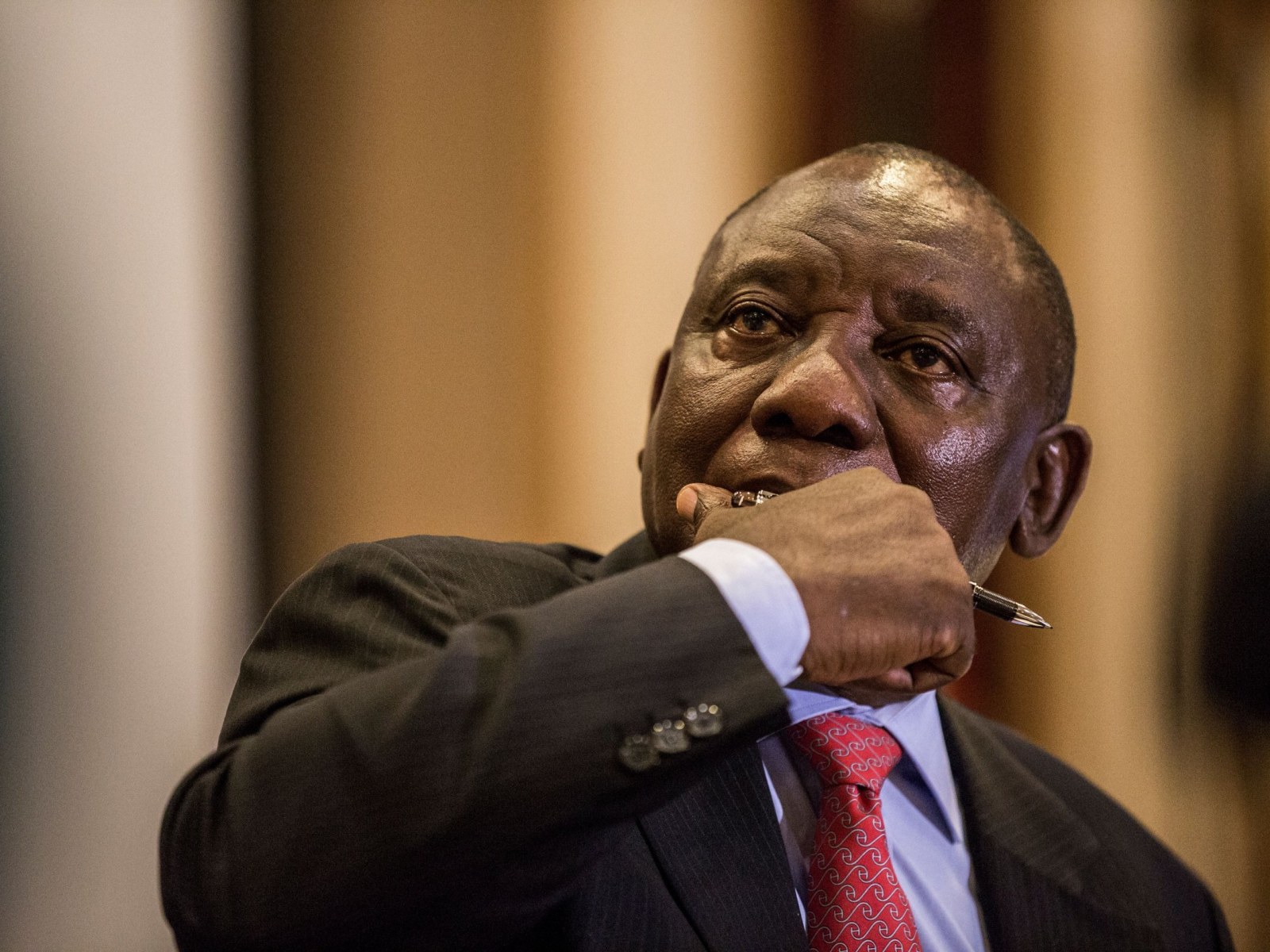Paul Biya: Cameroon’s 92-yr-old president seeks re-election — what this means for Africa

Cameroon’s Paul Biya seeks eighth term at 92, stirring debate on sit-tight leadership in Africa. Kevin Dietsch/Getty Images
Cameroon’s 92-year-old President, Paul Biya, has officially declared his intention to seek an unprecedented eighth term in the country’s upcoming presidential election scheduled for October 12, 2025. The announcement was made via his verified X (formerly Twitter) handle, where he pledged to continue addressing the “serious challenges” facing the nation.
Biya, who has ruled Cameroon since 1982, is Africa’s second-longest-serving president.
His decision, while expected, has sparked renewed debate over democratic stagnation, the role of aging leadership in African politics, and the repeated circumvention of constitutional limits.
Supporters within the ruling Cameroon People’s Democratic Movement (CPDM) had been pressuring Biya to remain in power, echoing his previous electoral successes that were marred by low voter turnout and allegations of manipulation.
Despite growing concerns over his advanced age and frequent absences—such as his unexplained 42-day disappearance last year—Biya has managed to maintain a strong grip on power. His government has actively suppressed discussion about his health and political future, even instituting bans on public discourse around his fitness to govern.
With the political opposition fragmented and civic space increasingly restricted, Biya’s candidacy poses serious implications for Cameroon’s democratic future.
In-Depth Analysis: Understanding Africa’s Sit-Tight Syndrome
1. Constitutional Manipulation Many sit-tight African leaders maintain power by removing or weakening constitutional term limits. In 2008, Paul Biya scrapped presidential term restrictions in Cameroon, opening the door for indefinite re-election. This strategy has also been adopted in countries like Uganda, Togo, and Congo, where leaders use rubber-stamp legislatures and manipulated referendums to legalize extended rule. By reshaping legal frameworks to serve personal ambitions, these leaders undermine democratic transitions and create systems built around individual rule rather than institutional longevity.
2. Weak Democratic Institutions At the heart of the sit-tight syndrome is the absence of strong, independent democratic institutions. In countries like Cameroon, electoral commissions, the judiciary, and the legislature often lack autonomy and are subject to executive influence. When checks and balances are weak, leaders can consolidate power with little resistance. State institutions become extensions of the ruling party, and the line between party and government blurs, leaving opposition parties with limited pathways to compete fairly.
3. The Politics of Health and Gerontocracy Ageing leaders like Paul Biya represent a growing trend of gerontocracy in African politics. Despite visible signs of frailty and long periods of absence from public functions, their regimes work hard to conceal health issues, banning open discussions or media reporting. This secrecy not only raises concerns about transparency and governance capacity but also limits national dialogue on succession planning and leadership renewal. The absence of clear succession frameworks creates political uncertainty and raises the risk of instability when transition eventually occurs.
4. Fear of Prosecution and Power as Protection One significant driver of sit-tight leadership is the fear of losing political immunity. Leaders who have stayed in power for decades often preside over regimes marred by corruption, human rights violations, or abuse of office. Stepping down could expose them to investigations, legal prosecution, or retribution. In the absence of credible guarantees of safety or dignified retirement, many see prolonged rule as the only form of self-preservation. This fear perpetuates a cycle of extended tenures and resistance to political transition.
5. Patronage Networks and Control of State Resources Another reason leaders cling to power is the ability to control and distribute state resources. Patronage systems are entrenched in many African governments, where loyalty is rewarded with contracts, appointments, or financial incentives. Leaders use access to public funds to consolidate power, buy political support, and silence critics. This entrenched patronage distorts governance priorities and redirects public resources towards regime survival rather than development.
6. Suppression of Opposition and Civil Society In many sit-tight regimes, opposition voices are regularly silenced through intimidation, arrests, media censorship, or outright violence. In Cameroon, the Biya government has been accused of harassing journalists, detaining activists, and restricting political assembly. These tactics not only weaken the opposition but also create a culture of fear and disengagement among citizens. Without a strong and vocal civil society, authoritarian leaders operate with minimal accountability and public pressure.
7. Regional and International Ambiguity Although regional bodies like the African Union (AU) and ECOWAS have frameworks that discourage unconstitutional tenure extensions, enforcement is often weak or inconsistent. Political alliances, economic interests, and diplomatic considerations sometimes prevent these organizations from taking strong action. Similarly, international actors may issue statements of concern but rarely follow up with concrete sanctions. This lack of unified pressure emboldens leaders to defy democratic norms without fear of meaningful consequences.
8. Fragmented Opposition and Electoral Disillusionment Even when elections are held, opposition parties often fail to form a united front. In Cameroon, prominent figures like Maurice Kamto and Cabral Libii have struggled to rally the broader opposition into a cohesive bloc capable of challenging Biya’s dominance. Divided opposition efforts are further hampered by voter apathy and skepticism about the credibility of elections. When people believe their votes won’t count, participation declines, leaving incumbents with an easy path to re-election.
Conclusion: A Continent at a Crossroads Paul Biya’s decision to run for an eighth term exemplifies the persistence of sit-tight leadership in Africa. It is a symptom of deeper structural problems—ranging from fragile institutions and personalized governance to legal loopholes and a compromised civil society. If African nations are to move forward democratically, they must invest in institutional reforms, enforce term limits, protect civic space, and build credible systems of accountability. The future of democratic governance on the continent depends not just on removing sit-tight leaders, but on dismantling the conditions that allow them to thrive.




